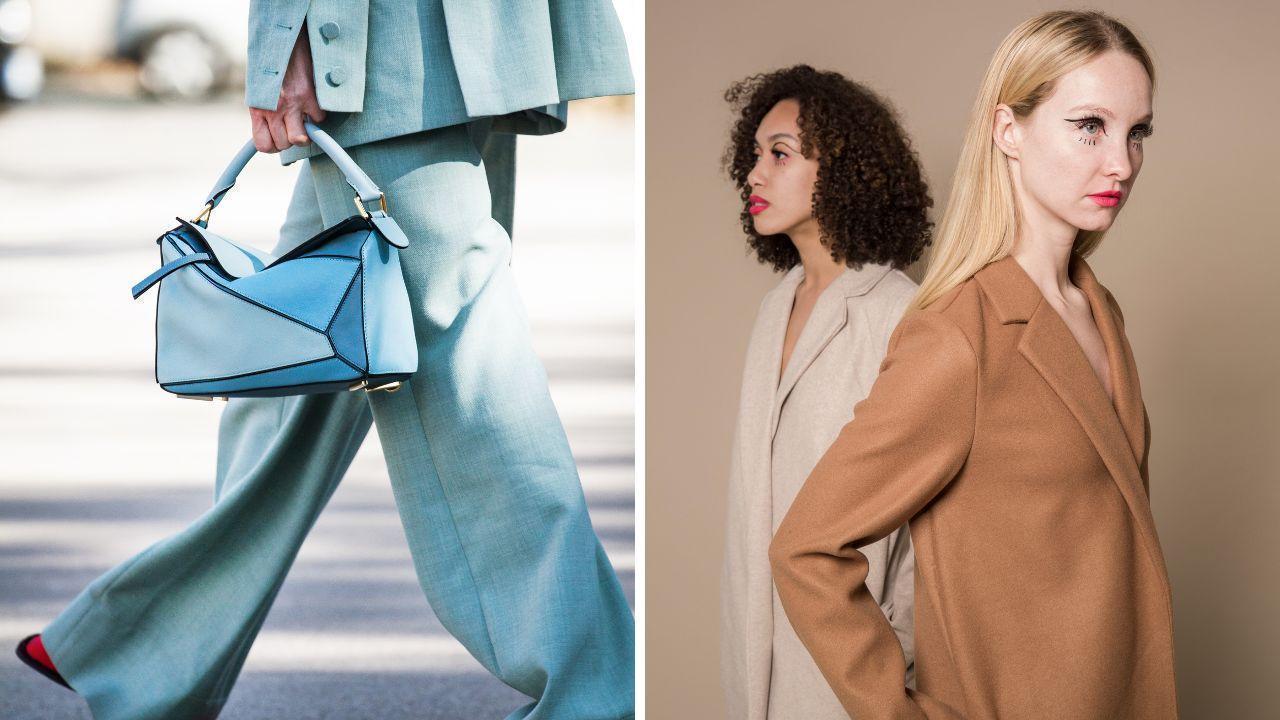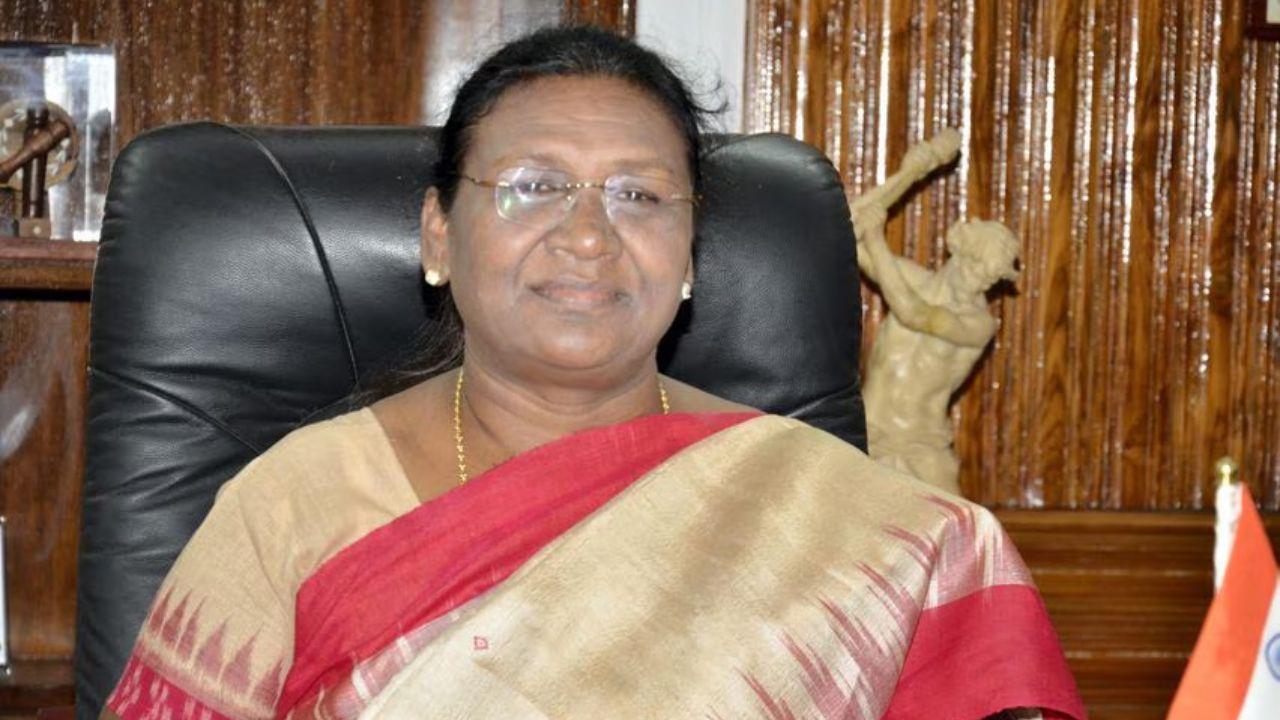
Post by: Vansh Kumar
In recent years, the fashion industry has undergone a significant transformation, with a growing emphasis on sustainability. As the awareness of environmental issues and social responsibility increases, more designers are stepping up to lead the charge toward a more sustainable future. This article explores the evolution of sustainable fashion, the challenges it faces, and the visionary designers who are making a difference.
The traditional fashion industry is notorious for its environmental impact. From excessive waste to toxic chemicals used in production, the consequences of fast fashion have raised alarms around the globe. According to the UN, the fashion industry is responsible for about 10% of global carbon emissions, making it one of the largest polluters. Recognizing these challenges, the movement toward sustainable fashion aims to create clothing that is not only stylish but also environmentally and ethically responsible.
Sustainable fashion focuses on several key principles: using eco-friendly materials, ensuring fair labor practices, reducing waste, and promoting longevity in clothing. The goal is to create a fashion ecosystem that respects the planet and the people who inhabit it.
Designers play a crucial role in the evolution of sustainable fashion. By choosing to innovate and adopt eco-friendly practices, they can inspire consumers and influence industry standards. Many designers are now prioritizing sustainability in their collections, integrating materials like organic cotton, hemp, and recycled fabrics into their designs.
Stella McCartney is often cited as a pioneer in sustainable fashion. Known for her commitment to animal welfare and eco-friendly practices, McCartney has consistently used sustainable materials in her collections and has championed ethical production methods. Her brand serves as a model for others looking to embrace sustainability in the fashion world.
Similarly, Eileen Fisher, a well-known American designer, has long been dedicated to creating sustainable clothing. Her brand focuses on using organic and recycled materials while also promoting fair labor practices. Fisher's commitment extends to taking back used garments for recycling, encouraging consumers to rethink their approach to clothing.

The evolution of sustainable fashion has been marked by several innovative practices that are changing how clothing is produced and consumed. One such innovation is the use of technology in sustainable fashion. Designers are increasingly using digital tools to create more efficient patterns, minimizing fabric waste during production.
3D printing is another exciting development in the industry. This technology allows designers to create intricate designs with minimal material, reducing waste and energy consumption. Brands like Iris van Herpen are at the forefront of this movement, using 3D printing to produce unique and sustainable garments.
Furthermore, many designers are exploring biodegradable materials and plant-based fabrics. For example, companies like MycoWorks are pioneering the use of mycelium, the root structure of mushrooms, to create sustainable leather alternatives. This innovative material is not only biodegradable but also requires fewer resources to produce compared to traditional leather.
Despite the positive strides made in sustainable fashion, significant challenges remain. The fast fashion model still dominates the industry, with many consumers prioritizing low prices over sustainability. This presents a barrier for designers who are trying to promote eco-friendly practices while remaining competitive.
Another challenge is the need for greater transparency in the supply chain. Many consumers want to know where their clothes come from and the impact of their production. However, navigating complex supply chains can make it difficult for brands to provide this information.
Additionally, the issue of scalability poses a significant challenge. While many designers are committed to sustainability, scaling these practices to meet global demand without compromising ethical standards is a delicate balance.
The future of sustainable fashion is bright, with a growing number of designers and brands committing to eco-friendly practices. As consumer awareness increases, there is a rising demand for transparency and sustainability in the fashion industry. This shift in consumer behavior is encouraging more brands to explore sustainable materials, ethical production methods, and circular fashion practices.
Patagonia is a leading example of a brand that has successfully integrated sustainability into its core values. With its commitment to environmental activism and responsible sourcing, Patagonia has set a high standard for the industry. The brand’s focus on quality and durability encourages consumers to buy less, promoting a more sustainable approach to fashion consumption.
Furthermore, initiatives like Fashion Revolution are helping to bridge the gap between consumers and producers. By advocating for transparency and fair labor practices, these organizations are raising awareness and pushing for change within the industry.
The article titled "The Evolution of Sustainable Fashion: Designers Leading the Way" discusses how sustainable fashion is changing the clothing industry. It highlights the importance of creating clothes that are good for the planet and fair to workers. The article explains how designers are now using eco-friendly materials and new technologies to make their clothes. Designers like Stella McCartney and Eileen Fisher are mentioned as leaders in the sustainable fashion movement. They use organic materials and promote recycling to help reduce waste. The article also talks about the challenges, such as fast fashion and the need for transparency in how clothes are made. Overall, it emphasizes that the future of fashion can be bright if more designers and brands commit to sustainability and creating clothing that is not only stylish but also kind to the environment.
Disclaimer by DXB News Network: The information in this summary and the related article is for educational purposes only. While we aim for accuracy, the fashion industry can be complex and changes rapidly. Always verify facts and consult reliable sources for specific information on sustainable fashion practices. This summary reflects the views of the authors and does not necessarily represent the opinions of DXB News Network.
sustainable fashion, eco-friendly materials, ethical production, fashion designers, fashion industry, waste reduction, recycling, organic materials, transparency, fast fashion, environmental impact, fashion innovation, circular fashion, social responsibility, fashion trends
#trending #latest #SustainableFashion, #EcoFriendly, #EthicalFashion, #FashionDesigners, #WasteReduction, #OrganicMaterials, #FashionInnovation, #FastFashion, #CircularFashion, #EcoChic, #FashionTrends, #ConsciousFashion, #GreenFashion, #SustainableStyle, #FashionRevolution #breakingnews #worldnews #headlines #topstories #globalUpdate #dxbnewsnetwork #dxbnews #dxbdnn #dxbnewsnetworkdnn #bestnewschanneldubai #bestnewschannelUAE #bestnewschannelabudhabi #bestnewschannelajman #bestnewschannelofdubai #popularnewschanneldubai

Dubai Autism Center kicks off its 19th awareness campaign with blue landmark lights, school workshops, free assessments, and a new guide for parents...Read More.

Myanmar's 7.9-magnitude quake kills 3,471, injures 4,671. UAE sends rescue team to help in 6 areas, saving lives and providing relief...Read More.














Diljit Dosanjh & Will Smith Dance to Punjabi Beats!
Diljit Dosanjh met Will Smith, danced to Punjabi song Case, and shared the fun video on Instagram. F

IndiGo Crew Accused After Child's Necklace Goes Missing
A mother alleged her daughter’s gold necklace went missing mid-flight. A case was filed against an I

Microsoft Employees Protest Over Israel Military Contract
Microsoft employees protest at the company’s 50th anniversary over its AI contracts with Israel, lea

Supreme Court Halts Deforestation in Kancha Gachibowli
SC stops Telangana from cutting trees near UoH after protests and shocking reports on alarming defor
Avatar 3 to unveil new enemies on Pandora in Fire and Ash chapter
James Cameron reveals Avatar: Fire and Ash brings new enemies, the Ash people, and peaceful wind tra